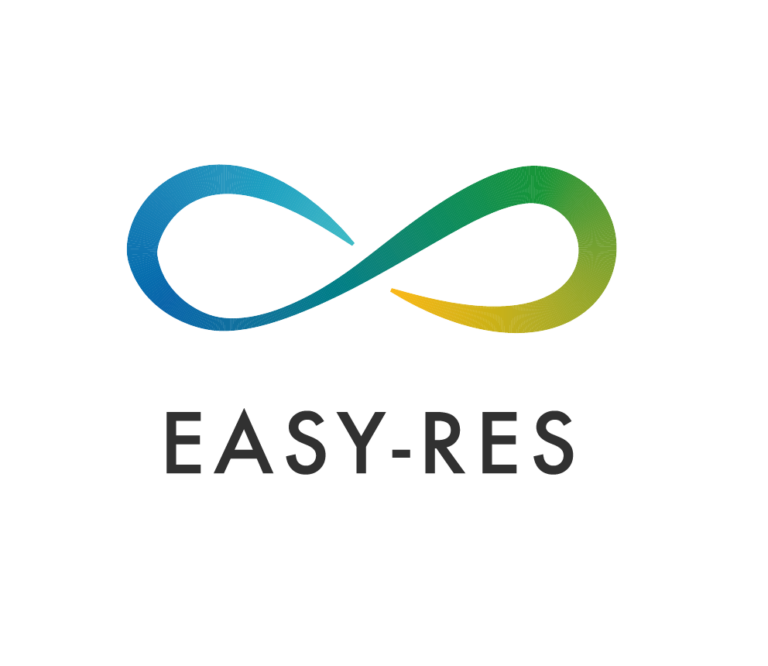Result description
The testbed achieves secure communication with Distributed Renewable Energy Sources (DRES) via the use of a fast and simple modern virtual private network utilising state-of-the-art cryptography. This ensures the secure transmission of data from hardware or virtualised controllers that operate in field sites, as well as the configuration of set points. For the communication network, inexpensive devices are used to ensure a low cost for the infrastructure. The use of production-grade container orchestration also ensures an automated deployment, scaling and management of applications in the testbed.
Addressing target audiences and expressing needs
- Collaboration
Academic and research and development institutes that may assist in the expansion of the testbed. This may be achieved by the current level of the testbed’s flexibility offered via the supported software stack that can be used/altered to match the requirements of various devices, hardware-based or simulated, paving the way for future expansion.
- Research and Technology Organisations
- Academia/ Universities
R&D, Technology and Innovation aspects
The testbed currently focuses on the edge of a Smart Grid. The next step is to integrate the work done in optimisation and accounting, which extends the functionality across low-level DRES controllers, and up to more complexity of cloud services. The end goal is to provide an end-to-end testing environment of a full Smart Grid with geographically distributed DRESs and the complete set of stakeholders.
Result submitted to Horizon Results Platform by FENECON GMBH

